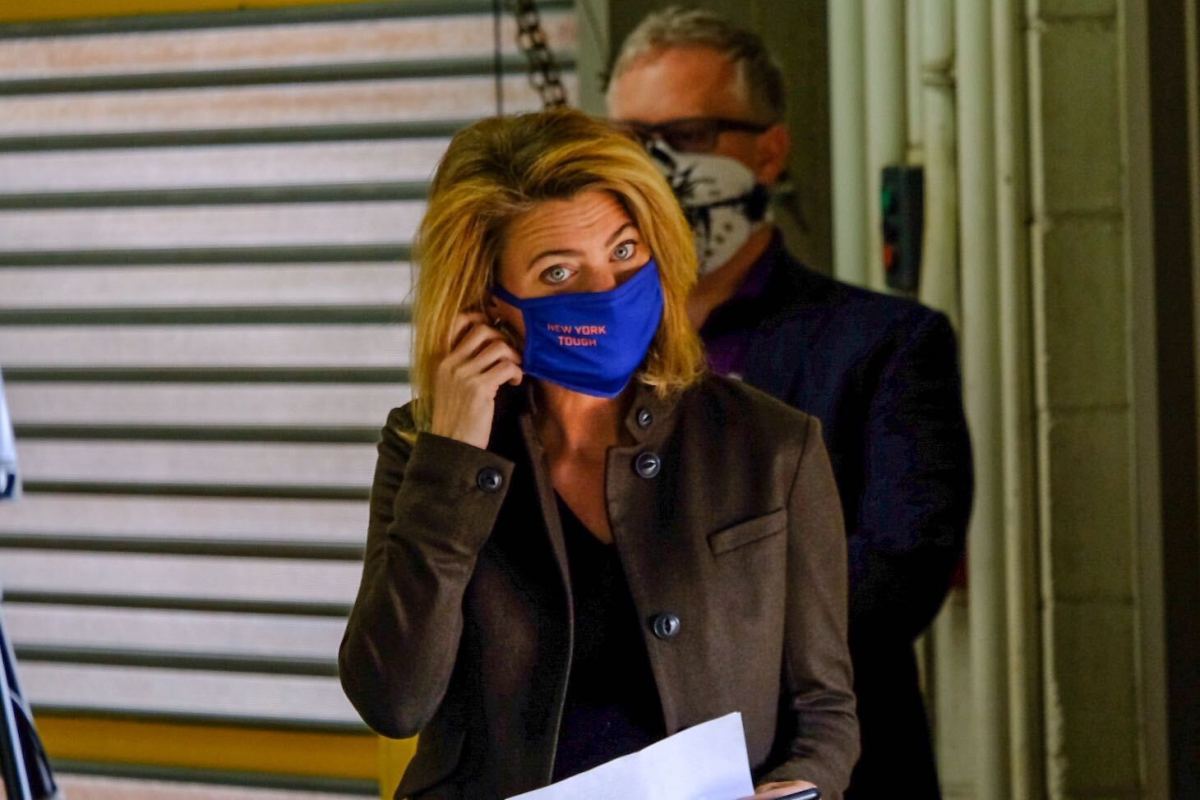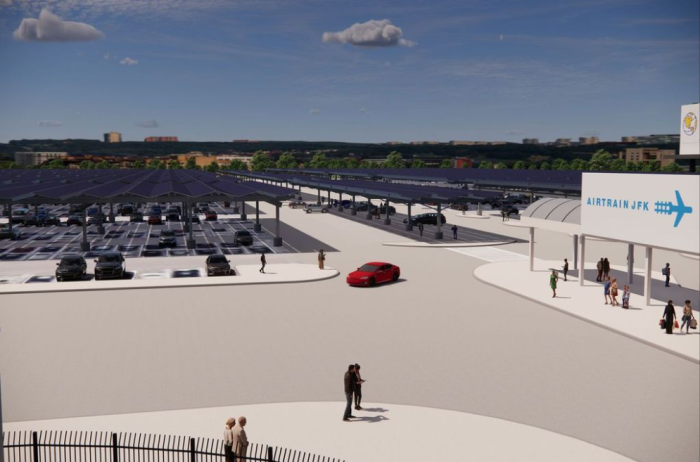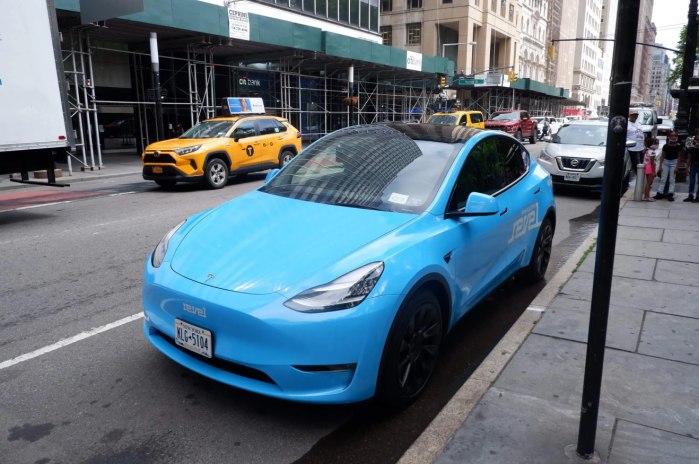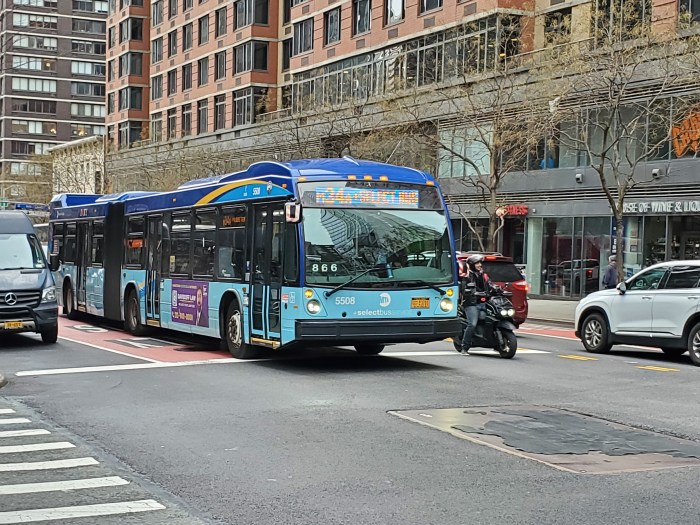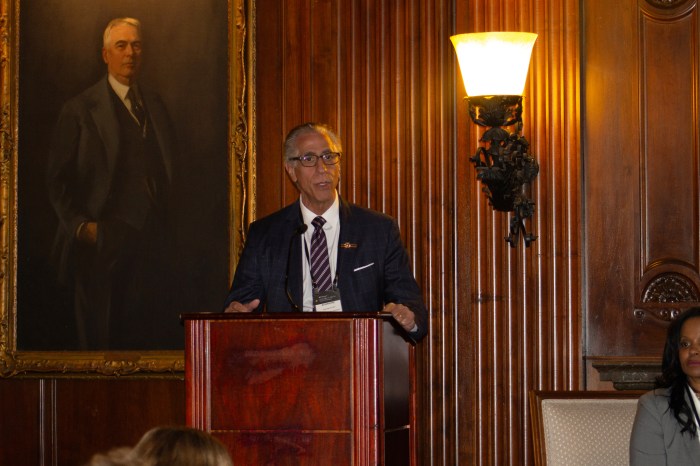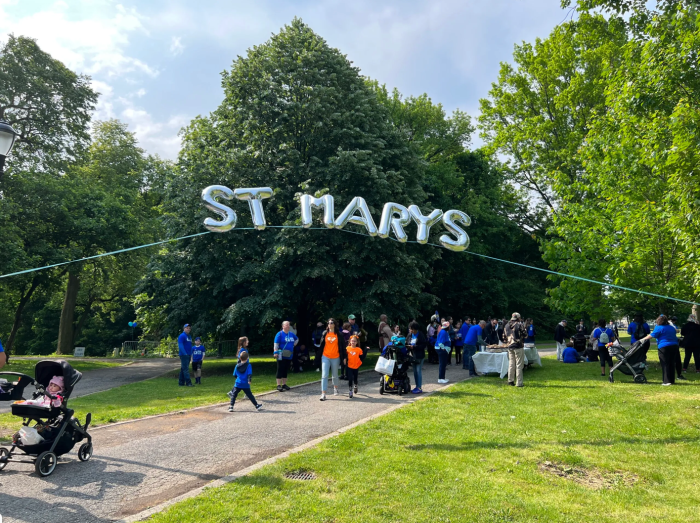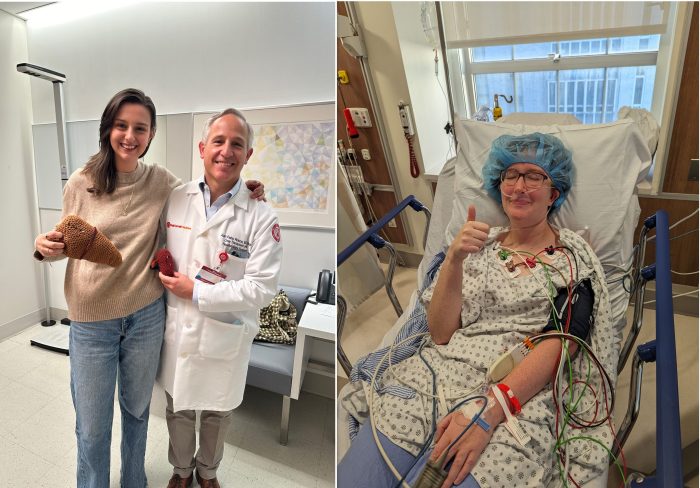As leadership in New York has weighed how to convince the public to trust mass transit once again after the COVID-19 crisis has resolved, the answer may be coming early.
In a Wednesday CNBC interview, interim New York City Transit President Sarah Feinberg says weekday ridership is increasing 10,000 to 20,000 daily. Ridership that at its worst period of epidemic sank to 9% is now over 11.5%, according to Feinberg, and comes at a time when New York City is the last region under Governor Andrew Cuomo’s PAUSE order.
“So we’re at about probably 11 and a half percent of ridership now. We were at a low of 9 percent, so it’s, you know, it’s ticking up slowly, but surely I think it just shows that there’s a sense out there that things are starting to open up a little bit here and there,” Feinberg said. “Of course, we’re reminding folks that we need them to remain vigilant, and that we should really just be carrying essential workers still at this point.”
A more nuanced breakdown of the numbers was not available, according to an MTA spokesman, who said there has been “some minor fluctuations.
Lisa Daglian, the executive director Permanent Citizens Advisory Committee to the MTA, said that if there are significant rises in ridership that the agency will need to examine how to monitor the increase to prevent congestion and infection to spread, as well as finding a way to make subway service available as the region opens up.
“We’re hopeful that there will be metrics and milestones developed by public health professionals who will look at ways that the subway can reopen overnight, even gradually, particularly during the 4 and 5 a.m. hours which had more than half of all overnight riders before the shut down,” Daglian said. “Construction and manufacturing are early morning industries so ensuring that people will be able to get where they’re going by 6 a.m., they need running subways between 4 and 5.”
But even if it is a small percentage in uptick, Daglian believes it could be a sign that riders are putting some trust in the ability of the MTA to provide a safe transportation option.
Construction and manufacturing are two of first industries that will be allowed by the state to pick up where they left off before the COVID-19 crisis in the first phase of reopening. That process already started this week in the lower Hudson region and as well as Long Island.
Addressing capacity will be critical for the MTA, Daglian added, and finding new ways of tracking congestion to facilitate social distancing on trains should be a priority.
In Daglian’s own experience on the 7 train, most riders are able to distance and nearly everyone wears a mask.
But while some New Yorkers seem to be braving the tunnels, the New York Stock Exchange, which opened on Tuesday morning, has advised its employees to steer clear of public transportation for the time being.
Feinberg told CNBC that station workers, transit cops and NYPD actively enforce masks, occasionally sending people out of the subway until they return with a face covering.



